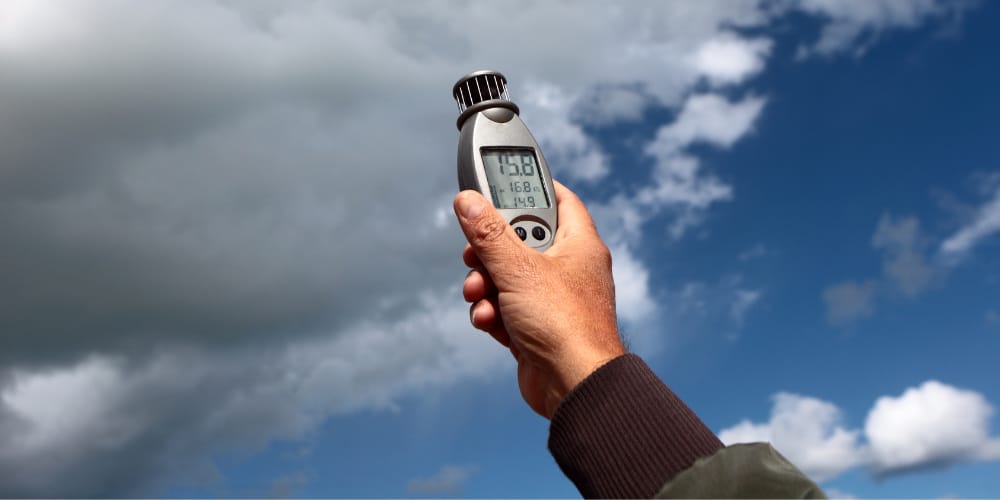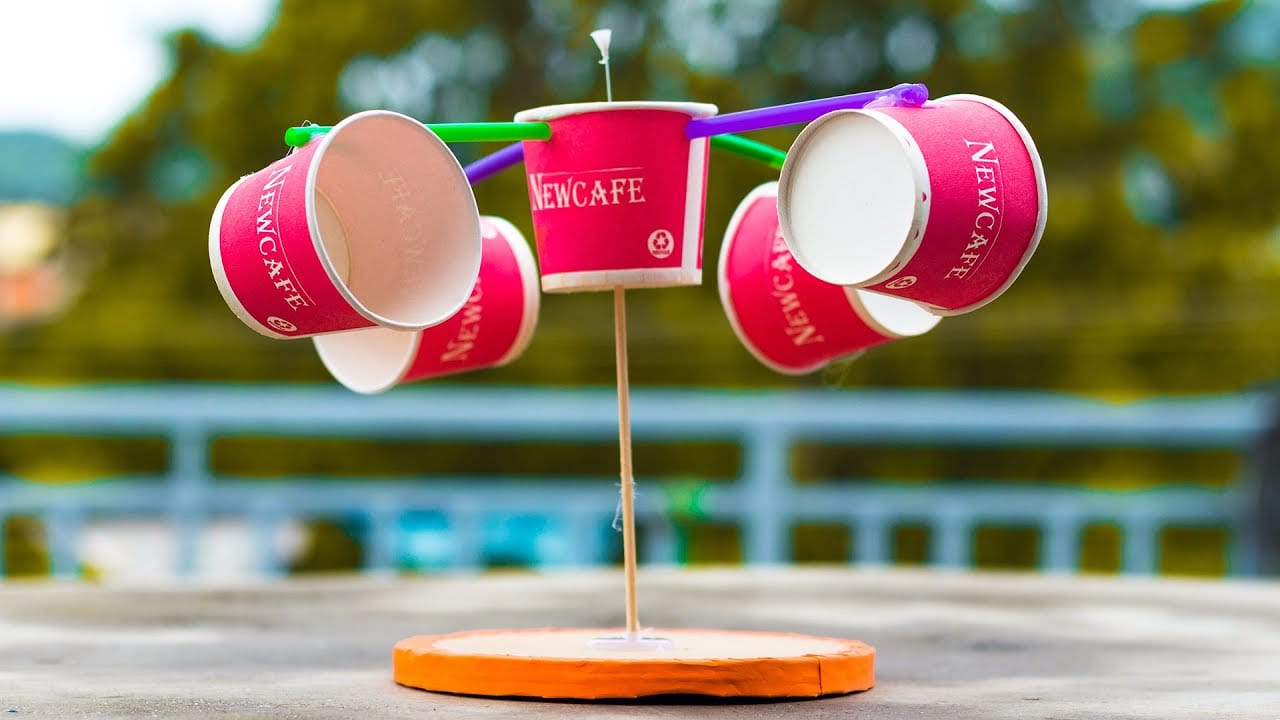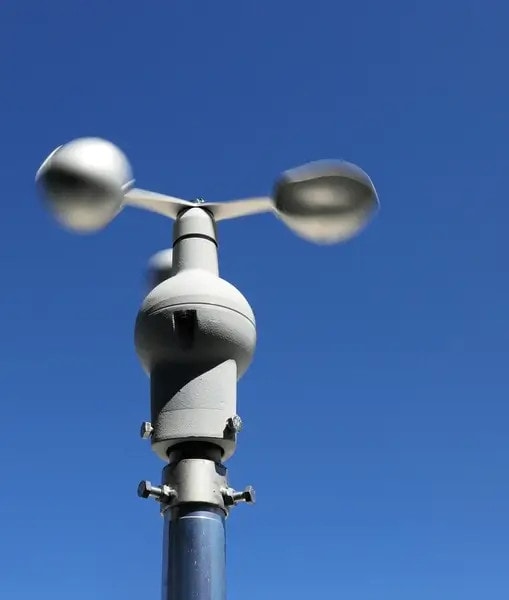Being a construction manager involves taking quick decisions and reacting to unpredictable situations. When determining if weather conditions are suitable for construction work, there are many factors to consider:
- Preventing damage to property and construction equipment
- Ensuring safe working conditions
- Rescheduling material deliveries and work
- Compromising project deadlines
The traditional approach for managing weather variability in construction projects has been to schedule work based on weather forecasts, but it’s not a fully reliable method because forecasting is based on probabilities. The only way for a contractor to effectively manage the impact of weather conditions is to deploy real-time monitoring at all project sites, and then process the information into a format that allows quick and informed decisions. Data backup is also a key element, since it allows the contractor to justify any missed deadlines.
Figure 1. Monitoring the weather is key in all construction projects, especially in extreme environments.
WINDCRANE is a weather monitoring system designed specifically for the construction industry and other heavy duty applications. Each unit is built with a weatherproof enclosure and GSM capabilities, allowing data to be accessed remotely by project managers. The GSM connection is also used for automatic backups of the logged data.
Optimising Project Downtime
Construction work should never be authorized if the weather is not favorable, but it isn’t smart to suspend activities just based on suspicion that strong winds or rainfall are coming. WINDCRANE simplifies this project management challenge thanks to its GSM capabilities:
- The weather conditions can be displayed on a web dashboard, or an application in the project manager’s smartphone.
- Alarms can be configured so that the project staff is always notified when weather conditions represent a risk.
Basically, WINDCRANE allows project managers to decide whether construction work should proceed based on real-time measurements gathered at the exact project site. This prevents false alarms and unnecessary downtime, while ensuring safe conditions.
On the other hand, weather forecasts alone are very limited as a risk management tool. For example, if work is suspended because there’s a 50% chance of rainfall but then the forecast fails, the contractor will have lost a valuable day.
Preventing Disputes Due to Missed Deadlines
For a client, a project delivered late often results in financial losses. For example, if a commercial building is delivered a month late, the owner loses a large number of sales! This is why contracts often introduce a clause with financial penalties for the contractor in case of late delivery. These clauses make exceptions if the deadline was missed due to uncontrollable reasons, but only if the claim is backed by evidence.
Other than offering project site safety, WINDCRANE provides evidence for contractors who need to justify a missed deadline. For example, if the project was delivered late because excessive wind speed did not allow crane operation for several days in a row, the fine would not be applied.
Reliable information also helps prevent conflict with clients, which is often an issue when a construction company wants to justify a missed deadline without evidence.













